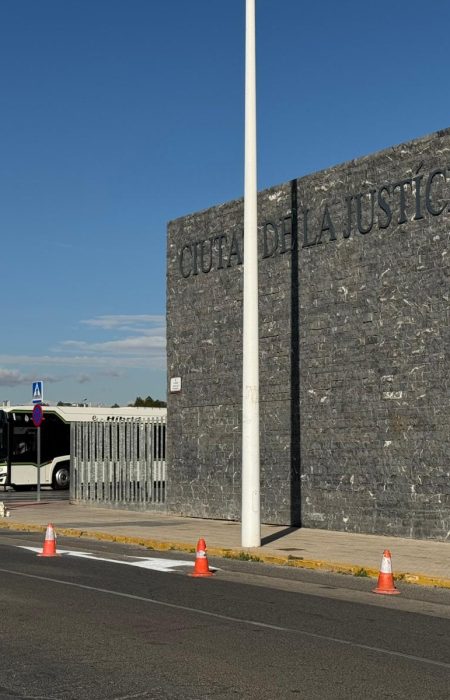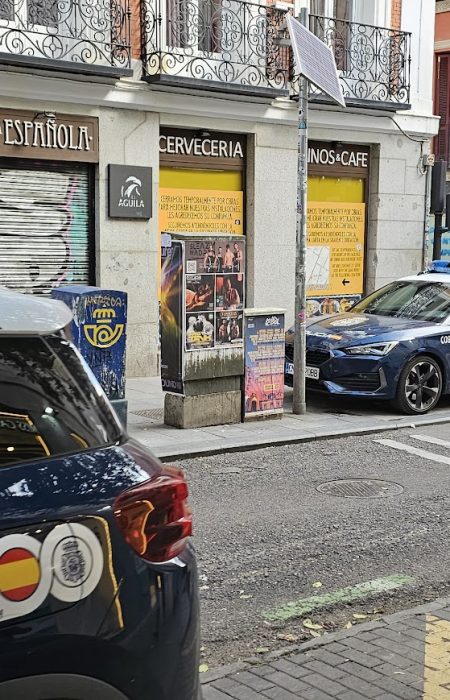The Torrevieja City Council’s general negotiating table has approved the creation of 21 jobs for traffic mobility officers for the first time, with the administrative procedure beginning immediately. Previously, the City Council and Torrevieja Local Police Service lacked a position for a traffic mobility officer.
These new officers, who are comparable to municipal police officers and are inextricably linked to the Local Police, will be solely responsible for traffic-related functions and duties. They will always be in uniform and will regulate, organise, and control traffic, provide access to educational facilities, maintain loading and unloading zones and fords, and monitor public transportation stops and lanes. They are law enforcement agents whose primary responsibility is to provide reports and impose fines. They are unable to make arrests or initiate judicial actions.
Officials
These are municipal officers who may work with other law enforcement agencies in emergency situations, but they may never exert authority in criminal matters outside of their traffic responsibilities. The new unit would consist of traffic cops and a senior technician, whose civil service pay is less than that of a local police officer.
Essentially, they carry out daily responsibilities currently done by the Local Police and play an important role in traffic management. For example, the entry and exit of students to and from Torrevieja schools requires special attention due to the volume of traffic from school buses, private vehicles, and pedestrians, which necessitates the deployment of significant police resources that are currently unavailable for other purposes. These 20 cops, spread out across a weekly shift, would help to handle peak school traffic hours.
Large population
This role is already in place in numerous Spanish cities. The potential of incorporating traffic officers has been confirmed in the Local Government Basic Law since 2003, as long as the municipality meets the legal criterion of having a big population, as Torrevieja does since 2006. They do not carry guns, handcuffs, or armour, and they are not permitted to process traffic reports.
The primary goal of its existence is to free up other officers on the payroll to perform activities such as assisting the Civil Guard with citizen security, reporting traffic accidents, providing services for citizen complaints, and inspecting and punishing other problems.
The acceptance of these posts a few weeks ago at the general bargaining table, which includes union leaders, human resources specialists, and politicians, is the first administrative step towards making them available for public review.
One advantage is that the central administration does not need to approve their creation. Vacancies have emerged in the C2 civil servant category of the municipal organisational chart as a result of a job description adjustment approved at the negotiation table. These vacancies were waived specifically to address other objectives, such as the formation of the mobility agent team, which was developed as a result of a job improvement procedure that saw more than 60 C2 auxiliary public servants shifted to C1 administrative functions.
Facilities
Given their organisatGiven their organisational reliance on the police force, traffic officers will be on par with local officers. be shared with the Local Police Headquarters. These will initially The major station on the CV-905 highway, across from Carrefour, will initially house these.y Department has been looking for an alternative for months to relocate the entire team in an appropriate manner. This is due, in large part, to the planned introduction of traffic officers.
The number of officers, including commanders, will reach nearly 180 by the end of July, with the addition of 40 police officers who, through the central government’s process, have stabilised their temporary positions to permanent positions and are currently enrolled in the Valencian Institute of Public Security and Emergencies (IVASPE) to become permanent officers. Adding the mobility officer posts and additional Local Police roles that are expected to be available by mid-2026, the number of officers could surpass 200.
The push for staff growth is part of the parallel reform of the management hierarchy being carried out by Federico Alarcón, the councillor for the area. The reform included the creation of the role of general director, headed by former mayor Alejandro Morer, and the provisional takeover of leadership by Óscar Cartón after Commissioner Vicente Gutiérrez’s forced resignation.
Enlargement
Initially, a plan was planned to expand the current police station, a project that began in 2019 but has since been officially abandoned. The goal is to rehabilitate and transform a huge structure into a local police station, ideally in Torrevieja’s urban area. The modern police station is situated near the city’s entrance area.
Initially, the prospect of leasing rather than purchasing is being investigated, allowing the personnel to continue in their current location while the modifications are completed. This site is not presently being processed via a regulated competitive process. This newspaper has been able to confirm that plans are being made to put the renting of a facility out to tender, and that the tender, due to its characteristics, will be geared solely to the one already picked.
The current municipal budget does not particularly provide funds for the purchase, renting, and adaptation of facilities, as Mayor Eduardo Dolón (PP) mentioned during the unveiling of the new fleet of police vehicles a few weeks ago. The mayor claimed that the project to expand the current police station had never been postponed, which contradicts the administrative reality of the project, which has been cancelled.









No Comment! Be the first one.